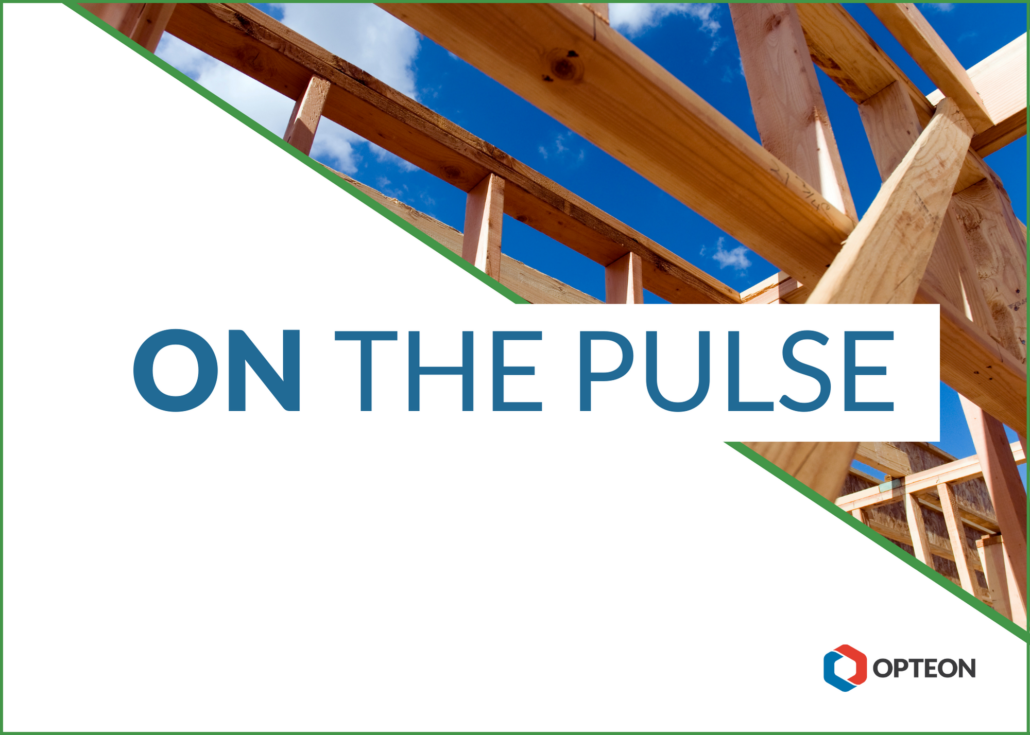Another interest rate rise is set to shake the property landscape
Blog

The Reserve Bank of Australia announced this week it will raise interest rates another 25 basis points (0.25%) to 4.1% – lifting interest rates for a 12th time since they were at 0.1% in April 2022, and reaching a new high for the decade.
Reserve Bank Governor Philip Lowe[1] said: “Inflation in Australia has passed its peak, but at 7 per cent is still too high and it will be some time yet before it is back in the target range..."
"Some further tightening of monetary policy may be required to ensure that inflation returns to target in a reasonable timeframe, but that will depend upon how the economy and inflation evolve.”
Residential markets
Residential markets are starting to show signs of growth across the country due to relatively low levels of supply, combined with rising housing demand and exacerbated by higher levels of immigration. Corelogic’s[2] national Home Value Index recently recorded a third consecutive rise, reaching 1.2% in May. Sydney, Brisbane and Perth all saw increases above 1% while the other capital cities also saw an increase in growth.
However, as borrowers continue to be impacted by higher interest rates and rising household expenses due to inflation, it remains to be seen how this additional rise will affect the property market in the short to medium-term.
One of the issues is the proportionality of the interest rate rise. For example, a 25 basis points rise from 100 basis points is a 25% increase, compared to a pre-GFC rise of 25 basis points from 700 basis points, which was only a 3.5% increase. In that example, there’s a seven-fold proportional difference. Of course, the average home loan was never 1.0% as lenders require net interest lending margins. However, APRA and RBA[3] published data show new home loans reached as low 2.41% in April 2022 before increasing to 5.42% in March 2023. In real terms, that’s a 125% increase on interest repayments, which has created a rapid, historical-sized dent to new homeowners’ repayment capacities. Regardless, the Australian property market has remained far more resilient than expected.

Also impacting residential property investors are the various state and territory government positions on property taxes. On 23 May this year, the Victorian Government announced an extraordinary measure to implement a temporary COVID-19 debt land tax surcharge as part of its budget. It includes a $975 surcharge for non-primary residential landholding site values over $100,000 and an increase in land tax of 0.1% for taxable landholdings over $300,000, which is likely to affect people with a holiday home or an investment property in Victoria. This will likely impact both investment demand and sale levels on a locality and submarket basis.
As the headwinds of rising interest rates collide with opposing market forces such as lack of supply evident from the low level of construction starts, rising demand brought by the re-emergence of investors chasing yields, and record immigration, Opteon will continue watching the residential market closely for emerging trends and shifts in value.
Commercial markets
The market has passed the peak of the yield cycle and it is clear that conditions are trending to softening of yields as sales eventuate. Sales volumes are down by virtue of limited supply to market, caused by constraint of vendors emanating from a disparity in vendor expectation vs buyer pricing. This is a common occurrence in a transitioning market. A number of assets have been withdrawn from the market due to reluctance of vendors to execute at a level lower than book value.
In the current market, this challenging price discovery phase has been caused by rapidly increasing funding costs (interest rates), uncertainty around credit markets and deteriorating economic fundamentals. Although with improving confidence that the RBA’s cash rate escalations are approaching conclusion and a stabilisation in bond rates, the Bid-Ask spread is expected to narrow, facilitating an improvement in investment activity.
Previous market cycles have seen a flight to quality by purchasers in uncertain times, as is occurring in the current market. Favourable market conditions saw a compression of yield for secondary assets as investors were priced out of prime assets. This compression narrowed the spread between prime and secondary yields. However, purchasers are now trending toward properties underpinned by a strong WALE with robust tenant covenants and modern prime located buildings. This bifurcation between prime and secondary assets is causing a more pronounced yield divergence to be re-established.
Commercial market sectors displaying resilience, include defensive assets and submarkets such as healthcare, childcare, warehousing and logistics and agriculture. These asset classes, continue to experience demand from investors albeit the Bid-Ask spread continues to thwart sales activity.

A flight to quality is also evident within the leasing market, particularly within the office sector, where employers are seeking to attract staff back to the office via accommodation displaying strong ESG credentials, incorporating high quality and high amenity found within A and Premium grade buildings.
Whilst the yield/capitalisation rate is a fundamental metric of commercial property favoured by commentators, other more nuanced metrics also impact the value of a property and tend to be dealt with cursorily when discussing drivers of value.
These metrics include leasing incentives required to attract tenants (increasing in many markets), letting up adjustments required to bring an investment property to a fully leased status (longer letting up periods are a consequence of lower tenant demand), under/over rented adjustments, capital expenditure requirements (particularly relevant for secondary grade buildings) and net market rental. Read more on this here: https://opteonsolutions.com/au/insights/risk-margin.
As clarity of the economic outlook continues to develop we expect the supply of property offered to the market for sale to increase with an associated increase in sales volume to follow.
Construction risk
Construction risk, including the sustained surge in construction costs and the inherent additional risks in engaging building contractors, continues to impact both residential and commercial property markets.

In particular, economic rents (rents required to be paid by a prospective tenant to make a new commercial development feasible) have increased to a level that may be financially unsustainable for tenants in some market sectors to commit to. This has resulted in a slowdown of new stock, predominantly in the commercial and retail sectors. This trend will be exacerbated by continued increase in the cost of finance, tighter lending policies by financiers and inflation in material and labour costs.
With demand easing in response to the aforementioned factors, combined with the wide-spread concern about high-profile construction company collapses, construction activity continues to soften. Falling demand levels are likely to cause manufacturing and supply chains to re-set once demand and risk-led price premiums soften in the coming months.
Construction risk is also contributing to the residential market rebound, as supply is falling short of immigration–led demand. The ABC reported[4] on 6 June 2023: “At the moment, more than 1,000 people are entering the country every single day. They're arriving at a time when there isn't enough housing to accommodate those already here. And we are certainly not completing anywhere near the necessary 300 to 500 new residences a day.”
Opteon’s combination of local experience and global data means our valuers are up-to-date on emerging trends. We continue to analyse recent sales activity and transactions across Australia, as well as monitor future economic data to support your property decisions.

This material is produced by Opteon Property Group Pty Ltd. It is intended to provide general information in summary form on valuation related topics, current at the time of first publication. The contents do not constitute advice and should not be relied upon as such. Formal advice should be sought in particular matters. Opteon’s valuers are qualified, experienced and certified to provide market value valuations of your property. Opteon does not provide accounting, specialist tax or financial advice. Liability limited by a scheme approved under Professional Standards Legislation.








